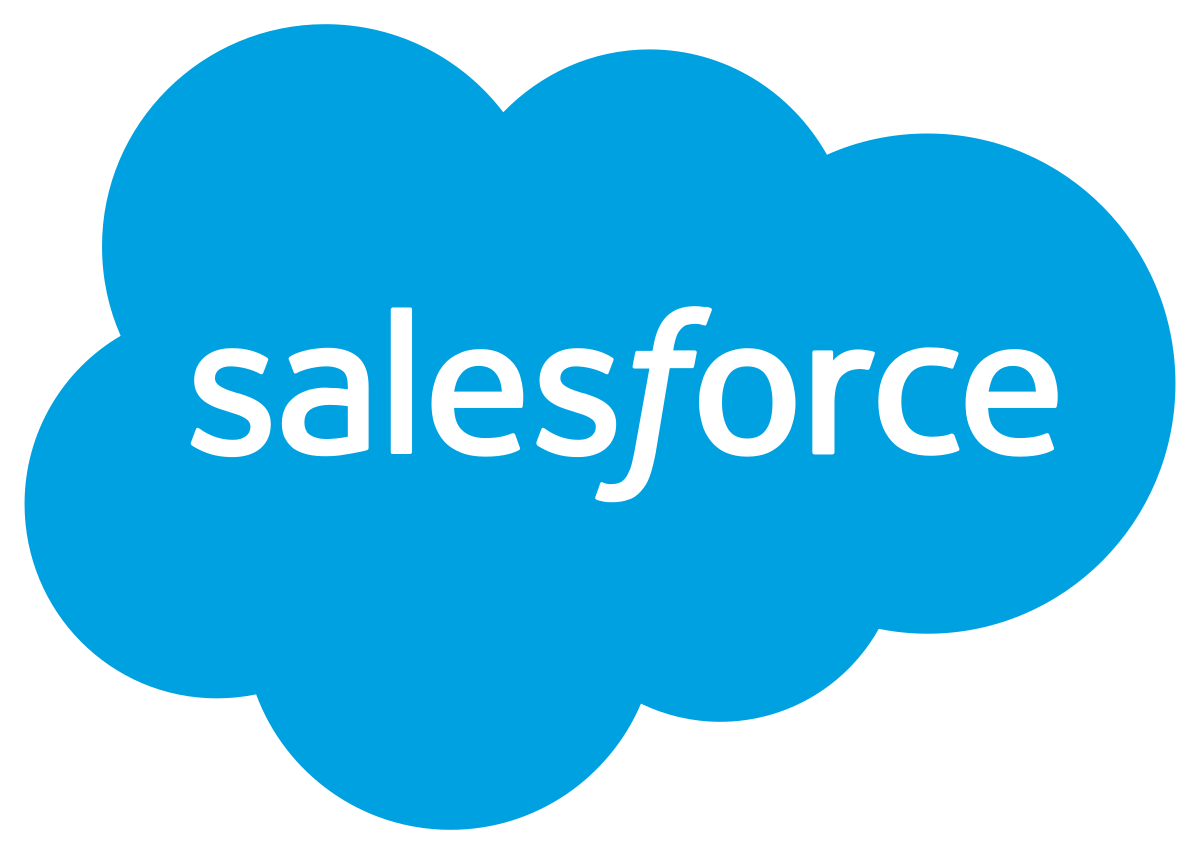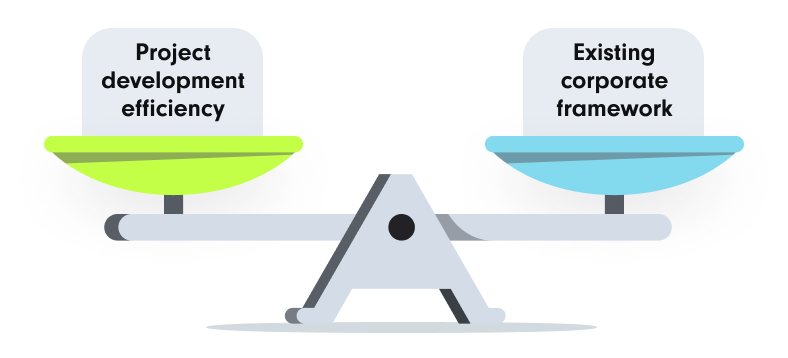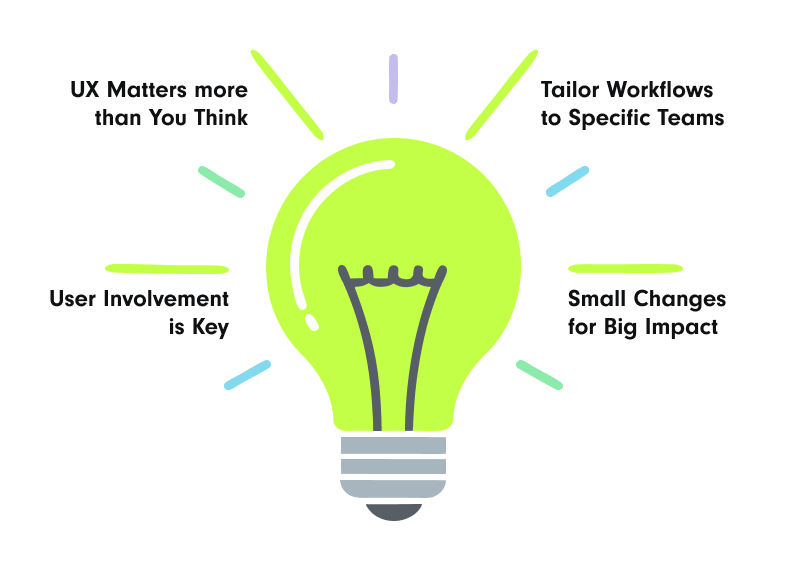
From Low User Acceptance to High Efficiency: Optimizing Swiss Life's Salesforce Experience



Swiss Life improves UX and user acceptance of its Salesforce solution
This is a hidden post summary. It displays in the editor only.*
Salesforce is powerful—but only if it's optimized for your needs. Our client had a complex real estate development process that didn't align with a standard CRM setup. The solution? A UX-driven optimization by SUNZINET that:
- Increased adoption and engagement
- Streamlined workflows for faster task completion
- Improved data accuracy and reporting
The best part? No heavy development - just smart UX enhancements that make Salesforce work for the team, not against it.
Read the full success story and see how you can apply these insights to your business!
The Challenge
Overcoming Low Salesforce Adoption
The project development teams play a crucial role in SwissLife’s investment and property development operations. Their responsibilities span the entire real estate lifecycle—from acquiring land and planning large-scale residential and commercial projects to coordinating construction with general contractors and ultimately selling the completed units. Given the complexity and multi-phase nature of their work, they require a structured yet adaptable system that facilitates seamless collaboration and operational efficiency across all project stages.
As part of a broader digital transformation initiative, SwissLife implemented Salesforce as its global CRM system to centralize processes and enhance productivity across various business functions. However, a year after implementation, the project development department faced significant challenges:
- Low User Acceptance: Salesforce was underutilized, with users primarily using it for reporting.
- Inefficient Processes: Despite its capabilities, the system wasn’t fully integrated into daily workflows.
- Lack of System Integration: The system wasn’t fully adopted across all business functions, hindering collaboration.
-
KPIs
Customer Satisfaction Score: 4.78/5
-
Project Timeline
November 2022 – March 2023

The Goal of the Project
UX-Centric Salesforce Optimization
This misalignment highlighted the need for targeted usability optimization that would enhance Salesforce’s functionality for the team’s specific requirements. At the same time, the changes had to align with the company’s broader corporate framework.
SwissLife engaged SUNZINET to analyze Salesforce user experience for the project development team and provide an unbiased view of the situation. The customer required consulting and guidance in how to incorporate the requirements of the smaller department into the global process without impacting every other department.
Unlike traditional system consultations our focus was purely on usability, ensuring that the CRM supported - not hindered - their daily work.
Strategy & Implementation
-

We conducted a 2-day on-site workshop in Cologne, complemented by remote follow-ups, to deeply understand the client's workflows, challenges, and objectives. Through user interviews, we explored their real estate investment and property development processes, focusing on how they interact with Salesforce. The goal was to learn not just what they do, but why - ensuring we could align digital solutions with real business needs.
-

From these insights, we developed user stories to capture key functionalities. Additionally, we identified critical Salesforce UI/UX issues, navigation barriers, and reporting inefficiencies. A structured list of necessary customizations was created, categorized by process areas:
- Project Development
- Sales Management
- Construction
- Case Management
- Reporting & Dashboards
-

- Defining potential improvements based on implementation effort vs. business impact (low, medium, high).
- Creating a structured roadmap for the client’s internal Salesforce development team to execute changes efficiently.
With these deliverables, the client had a clear action plan for optimizing their Salesforce environment—ensuring a seamless digital experience that drives productivity and business growth.



Key UX Improvements Delivered
![]() Developing a customized homepage dashboard to improve task visibility.
Developing a customized homepage dashboard to improve task visibility.
![]() Streamlining navigation and reducing steps to access key information.
Streamlining navigation and reducing steps to access key information.
![]() Adding required fields, added dynamic field visibility, and clarified data segmentation.
Adding required fields, added dynamic field visibility, and clarified data segmentation.
![]() Implementing screen flows, help texts, and process hints for a guided user experience.
Implementing screen flows, help texts, and process hints for a guided user experience.
![]() Introducing a visual property hierarchy component to improve data organization.
Introducing a visual property hierarchy component to improve data organization.
![]() Standardized naming conventions and removing redundant data entry steps.
Standardized naming conventions and removing redundant data entry steps.
![]() Enabling data export for specific employees and clarifying dynamic field view rules.
Enabling data export for specific employees and clarifying dynamic field view rules.
![]() Enabling email reminders and dashboard alerts for critical tasks.
Enabling email reminders and dashboard alerts for critical tasks.
Results & Impact
Quantifiable Improvements
- Customer Satisfaction Score: 4.78/5
- Increased Adoption: Greater user engagement and acceptance within the Project Development team.
- Faster Task Completion: Streamlined workflows reduced clicks and manual work.
- Clearer Reporting & Data Accuracy: Defined structures for data input, reducing errors.
Why the Client Considered the Project a Success
- Unbiased Expert Insights – Identified UX issues that internal teams had overlooked.
- Low-Effort, High-Impact Solutions – Focused on quick wins that required minimal development.
- Precise Roadmap for Implementation – Delivered a structured plan, ensuring smooth execution by the client’s internal team.

Key Takeaways
- A powerful system is ineffective if the user experience is poor. Streamlining navigation and reducing friction boosts adoption.
- One-size-fits-all approaches often fail. Even within a company, different departments require customized Salesforce experience.
- Dynamic fields, automated reminders, and clearer structures greatly enhance efficiency without complex implementations.
- Gathering direct user feedback ensures that system optimizations align with real-world needs.
This project proved that Salesforce optimization doesn’t always require heavy development—sometimes, better UX is the key to higher adoption and efficiency. By prioritizing usability, structured reporting, and guided workflows, we helped this leading asset manager unlock Salesforce’s full potential.
The Customer
SwissLife Holding AG is a leading European provider of life insurance, pensions, and financial solutions, headquartered in Zurich, Switzerland. Established in 1857, the company offers comprehensive wealth management services to both private and corporate clients.
